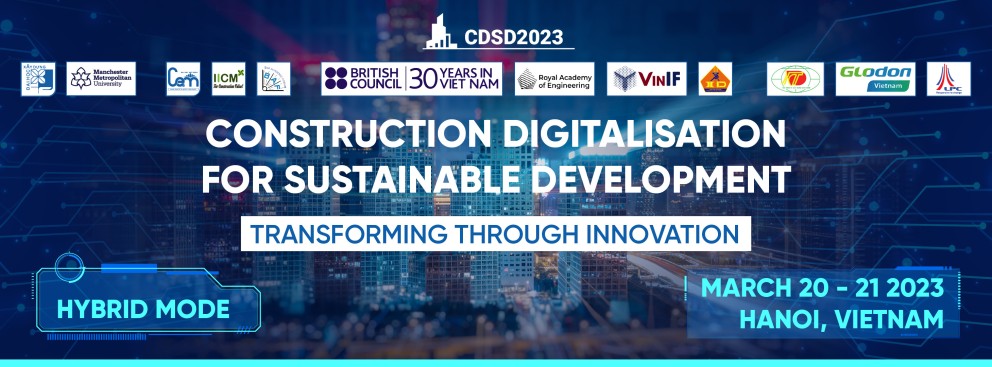
|
|
|
Submission > Instructions for Authors
*Important update: The submission deadline has been extended to 07 March 2023.*
Guide to submit
The template for preparing the extended abstract and full paper can be downloaded here. You must follow this template when you submit the full paper or extended abstract. For the first submission, please don't add authors' information in your manuscripts so they can be ready for our double-blind peer-review process.
Please note that the minimum number of pages for Extended Abstracts is 5 pages and for Full papers is 7 pages (including titles, abstracts, and references).
If this is your first time using the Sciencesconf system, please see the detailed guide here: Submit
To submit a full paper, please:
1. Log in to your account.
Guide to write an extended abstract
Full papers are welcome, but if you want to submit an extended abstract for presentation at the conference, it should be at least five pages long, including the references. Your extended abstract needs to be further developed as a full paper to resubmit in June 2023 for the final publication with our partner publishers.
An extended abstract should contain references, comparisons to related work, key theories, and other details found in an extended paper. Thus, an extended abstract is more than a long abstract. It should clearly specify theoretical and empirical gaps the researcher addresses, a concise review of seminal work, a brief description of the methodology used, results obtained, the expected contributions(s) to theory and practice, and the conclusion resulting from the study. The elements of your extended abstract can be organized in the following order listed:
- Title
- Introduction
- Main Body Text (including methodology, findings, discussion, and conclusion)
- References
Introduction: The introduction of your extended abstract should state the nature of the research gaps you are addressing and why you are studying. It should provide background information about the work and its significance while highlighting the most relevant literature and specifying how it relates to or differs from your work. You should also discuss the scope and limitations of your study in the introduction. Aims and objectives also need to be addressed in this introduction.
Main Body: The body of your extended abstract should follow the introduction and should include a brief description of the research methods used, core results, discussions, and directions for future research. The methodology section should be descriptive enough that the reader can identify what was done. References to the methodology are appropriate. The findings and discussion sections may be combined. Within the body of your extended abstract, you can apply as many first-, second-, and third-level headings as you need.
References: References should be cited within your extended abstract as guided here.
Authors are requested to submit extended abstracts in electronic form (PDF) using the following link: https://cdsd2023.sciencesconf.org/submission/submit
A panel of two anonymous reviewers will read the extended abstract as the basis for acceptance of the paper for presentation. If you have any queries, please contact our conference secretary Quan Phung at cdsd@huce.edu.vn.

